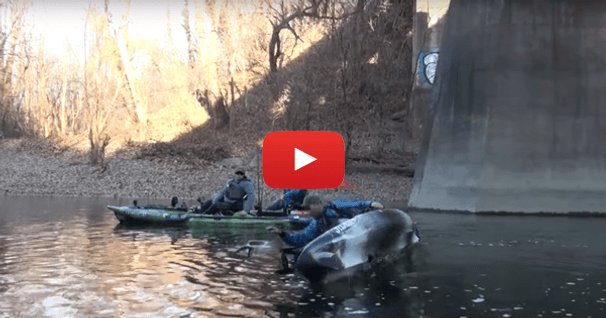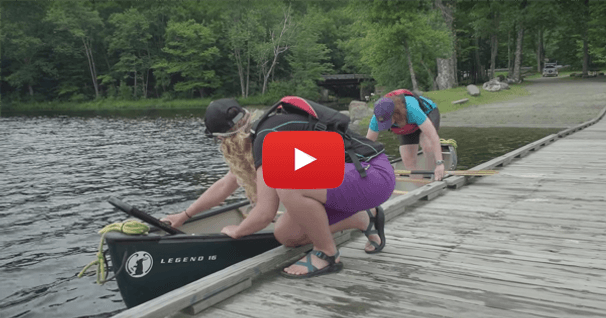Standing on a SUP Board
Hi, I'm Jimmy Blakeney with Standup.paddling.com, here to talk to you about the great sport of stand up paddleboarding. In this video, we're going to talk about going from a prone position laying on the board to our knees to standing.
When we're learning to standup paddleboard, it's important to know that in case we fall off, we may need to recover our gear and get organized and get into a safe position in case we're injured or in case the wind picks up. The key position for this involves taking our paddle and tucking it under our chest and laying down on the board. Now I can paddle my board just like it's a surfboard. I can use this if I need to get into a safe position, low profile, out of the wind, or if I'm injured.
From here, I can push up and get on my knees. Once I'm in the kneeling position, I can paddle in the kneeling position, and I can either choke up on the paddle or I can use the T-grip. Different people prefer different ways. A couple of things I can practice when I'm on my knees and I'm just getting started are two fundamental things. One, the blade goes fully in the water before I pull on it. So when you're starting off, you'll want to start off on your knees, not standing right away. Start off on your knees, paddle around on your knees and get comfortable with the board, comfortable with the balance, and make sure you're in a safe area with some fairly deep water away from shore.
So, once again, when I'm on my knees, I can work on the number one rule of paddling, which is the blade goes fully in the water, up to here, before I ever start to pull. Another thing I can work on is switching sides. So we're going to want to paddle on both sides of the board. So to do that I take the top hand off, I let the paddle swing across, put this hand under the top hand, and slide this hand up. So again, to switch sides, top hand comes off, blade swings across the board, and I switch. So I can work on those two fundamental concepts, which are blade fully in the water before I pull and switching sides. Those are a couple of really key things to work on while you are on your knees.
From there, you're going to want to go to standing. So once you get into a safe position and you're ready to stand up, the paddle goes across the board. I'm going to look off in the distance. I can tuck my toes under and bring my feet up underneath me and then keep my back straight and come up and keep my knees bent once I'm standing. A key tip here is that when you do go to stand up, try to keep your feet flat on the board. If you're feet are flat on the board and your back is straight, it's like doing a squat and it's much easier. If you get on your tippy toes, it's much more difficult to keep your balance, especially when this board is starting to rock around. So keep your balance, keep your foot flat on the ground as you come up.
Related Articles
As kayak anglers, you know you need to dress for immersion. But what do you do if you actually flip a…
Ever wonder what exactly the weight capacity of a board was for? Turns out it's for the performance of…
Canoes are surprisingly stable once you're settled into them, but getting in and out is a different…
A discussion on the use of a compass from a kayaking standpoint begins with basic compass savvy and then…



